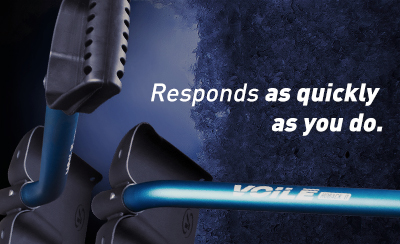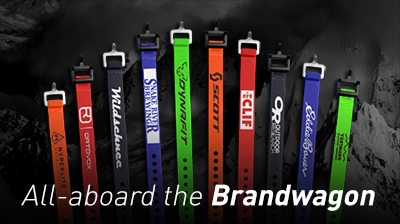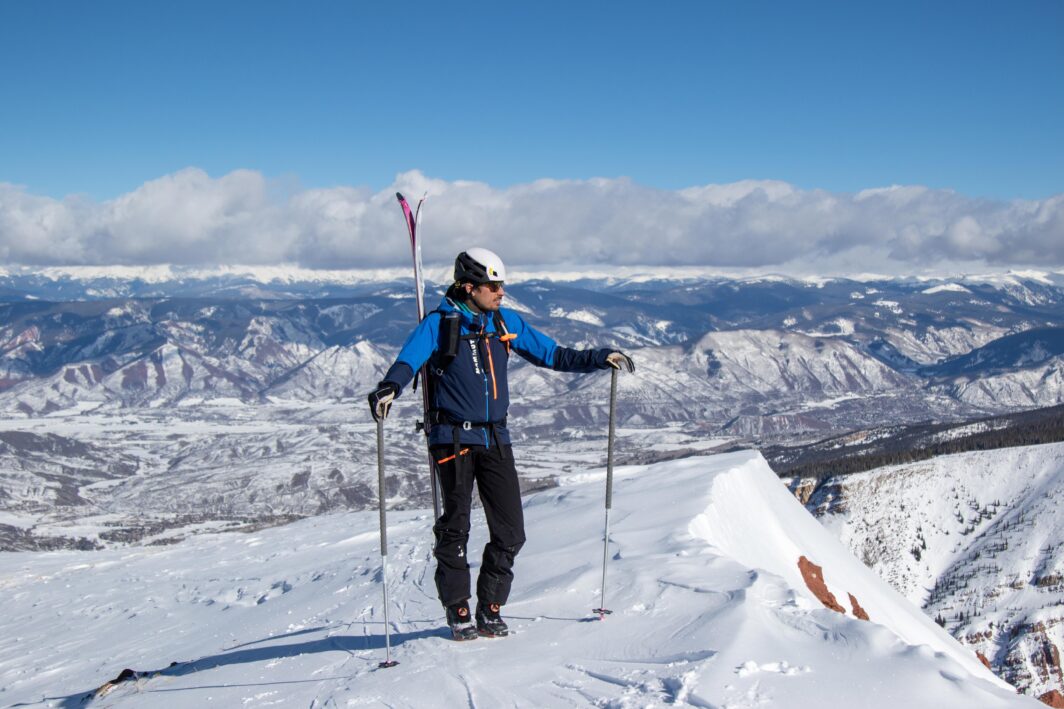
Be Curious, Not Judgemental: A Mindset for Approaching Avalanche Incident Reports
All Photos in “Be Curious, Not Judgemental” Courtesy of Aidan Goldie-Ahumada
Share this Post
The backcountry is a harsh and unforgiving learning environment. While Backcountry skiing is a uniquely thrilling and multi-faceted activity that can give access to stunning and untouched natural landscapes, interacting with avalanche terrain comes with inherent risks. Over the years, avalanches have indiscriminately claimed the lives of many people, independent of prior backcountry travel experience or method of travel. As an avalanche instructor, I work towards helping my students develop an enduring understanding of snowpack structure that can promote avalanche activity and coach students in making educated terrain decisions in the backcountry. Avalanche education relies heavily on incident reports to give students a broader context of circumstances to inform their risk-management framework. Teasing apart case studies should be approached with a mindset focused on developing one’s own risk management framework. In this article, I will highlight what this mindset looks like, and how we can ethically extract meaningful lessons from tragic events in our community.
Understanding Heuristics
The data on avalanche incidents over the years indicates that experience in the backcountry is not a useful metric in predicting what demographic will be involved in avalanche incidents. In fact, it has been found that there is a large proportion of people with intermediate or advanced levels of backcountry experience succumb to avalanches (McCammon 2000, Tase 2004, Greene & Logan 2020). Once students complete a formal avalanche course, they have the right balance of knowledge and confidence to get into trouble. Despite having a formal avalanche education, there is a myriad of human factors that play a tremendous role in putting people into vulnerable avalanche conditions. These human factors, referred to as heuristic factors, are the elements of decision-making that dictate how we engage with avalanche terrain.
This article will not focus on these specific heuristic factors, but instead on the aftermath of these factors. That being said, understanding these heuristic factors is important for studying incident reports and fully understanding the context surrounding an avalanche incident. The idea of heuristics in the context of backcountry travel first came up in Ian McCammon’s 2003 article in the 22nd Volume of The Avalanche Review. This article would go on to inform avalanche education and professional training for years to come. In this article, McCammon used the term heuristics to describe the shortcuts to decision-making that humans could be vulnerable to in a backcountry setting. McCammon identified 6 categories of heuristics applicable in a backcountry decision-making context:
| Familiarity | Rely(ing) on our past actions to guide our behavior in familiar settings. |
| Acceptance | Tendency to engage in activities that we think will get us noticed or accepted by people we like or respect, or by people who we want to like or respect us. |
| Consistency | Maintain consistency with the first decision. A desire to be consistent overrules critical new information about an impending hazard. |
| Expert Halo | An overall positive impression of the leader within the party leads them to ascribe avalanche skills to that person that they may not have. |
| Tracks (Scarcity) | Tendency to value resources or opportunities in proportion to the chance that you may lose them, especially to a competitor (Cialdini, 2001). |
| Social Facilitation | The presence of other people enhances or attenuates risk-taking by a subject, depending on the subject’s confidence in their risk-taking skills. |
| Intersectionality* | Vulnerability to unconscious bias towards various identities. Any marginalized identity that an individual possesses runs the risk of having their input in backcountry decision-making dismissed by the group at large if an imbalanced power structure exists. |
*This heuristic factor did not appear in McCammon 2003 but was instead presented in a future Avalanche Review article Intersectional Heuristics in Backcountry Decision-Making (Goldie-Ahumada, 2022).
These six heuristic factors describe six situations where humans take shortcuts to decision-making. Different backcountry travelers may have varying levels of technical skills and experience, but all still fall into traps in human thinking. Coming to terms with and identifying these heuristic traps and our vulnerability to them is a continuous process. Unfortunately, sometimes lessons are not learned before it’s too late. For more information on heuristics, watch the author speak on heuristic factors at the 2022 Wyoming Snow and Avalanche Workshop.
Beyond a Level 1:
The challenge in continuing education beyond an AIARE level 1 course is that students will often only get positive feedback in the backcountry. This is the challenge of the confirmation heuristic. You could ski the same slope many times in a variety of conditions, and build confidence, but it only takes one time to produce a deadly avalanche. That might be a lesson you can only learn once.
So how can someone build experience in avalanche terrain without interacting with avalanche terrain? There are objective and scientific methods in the field of snow science that inform this decision-making, but making observations on a larger scale is incredibly challenging. Instead, there is immense value in closely examining avalanche incident reports to learn from the experiences of others. Investigating reports of avalanche incidents and understanding the myriad of variables that went into creating unstable conditions is critically important in building your risk-assessment framework without experiencing the negative feedback of being part of an avalanche incident yourself.
Investigating avalanche reports comes with caveats. While studying reports is an important part of lifelong backcountry learning, a person’s mindset when reading an incident report will greatly influence what lessons they can extract. More than anything, it is important to remember the human being behind the incident. They were somebody who found a lot of value in backcountry recreation. They were someone who had dedicated a lot of their life to backcountry travel and education. They were someone who had grieving loved ones and is part of a larger backcountry community. They were someone like you and me.
When analyzing an incident report, the quote “Be curious, not judgemental” is a powerful reminder to approach the world with an open mind and heart. It speaks to the importance of staying curious and asking questions, rather than making snap judgments based on preconceptions or limited information. It is a reminder to temper your ego and consider that you may not be so immune to making the same decisions as the victim. There is a fine line between curiosity and judgment, and judgment will close you to growth and learning. You share the same human brain that is just as vulnerable to taking shortcuts to decision-making. You did not experience the full context of that day and cannot dismiss their actions as ones you yourself would not make. The essence of humanity, the complexity of our brains, makes us vulnerable to tragic decision-making.
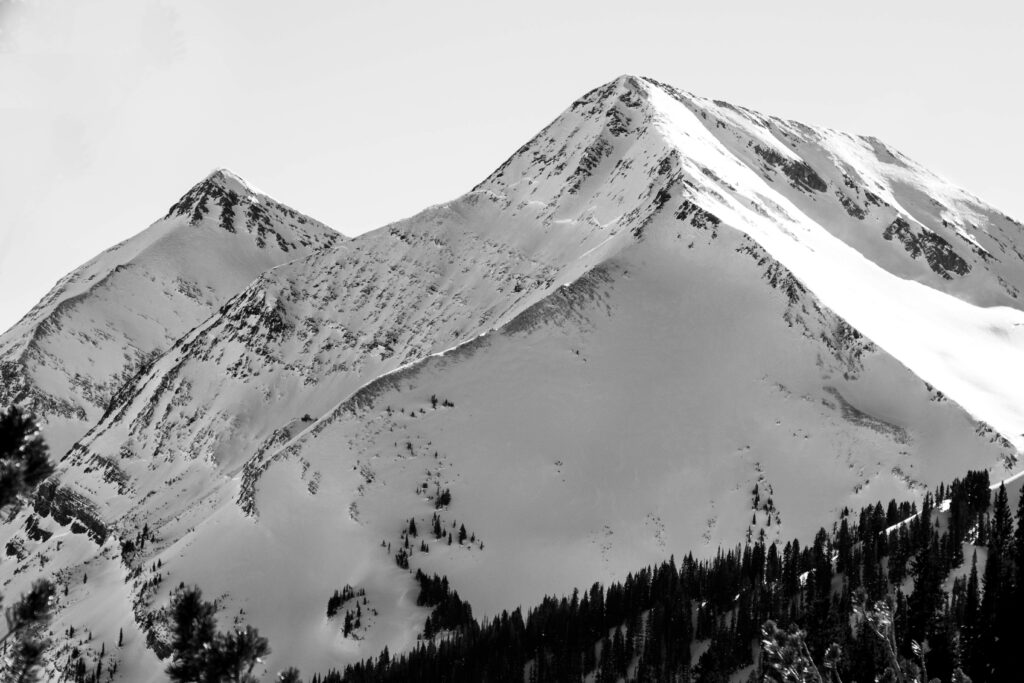
Teasing apart an incident report:
This article was spurred by the fact that I have seen and heard some horrifically inconsiderate comments surrounding avalanche incidents over the years, mainly on social media.
For example, consider an avalanche incident that occurred in the rocky mountains in 2023. Four skiers were caught in an avalanche while skiing a backcountry slope, and one of them was killed. This incident was unique in the accounts provided by two of the surviving members which in turn attracted heavy media attention. This incident in turn spurred a flurry of public outcry and judgment. The general public was taking the easy path, placing blame and making assumptions about what went wrong. People saw the superficial details of the incident, told themselves that “I would never be so stupid” and moved on. Comment sections on socials were littered with speculative and pejorative comments that only added to the insurmountable grief that a close-knit community was experiencing. This is the judgemental approach that dehumanizes the people involved in the incident. Would I have made the same decision? I don’t know, I was not there.
A curious approach would involve asking objective questions and seeking answers about the incident’s factors and circumstances rather than placing judgments on the humans involved. A curious approach does not forgo empathy and places itself in the victim’s boots and wonders about the circumstances that tipped the scale. The curious approach remembers that what we see and know in hindsight is not the information that was had at the time.
While I have never been in an avalanche, I can identify times in my career when I got away with something. Times when I pushed the slope angle a little too much on a high-danger powder day because the fresh tracks were becoming scarce. The times when I was falling behind on a spring corn cycle and let the snowpack saturate with melting water because I was chasing the summit of a remote peak. The days when I let friends with more experience take the wheel and guide us on a ski tour to allow my mind to rest in navigating complex avalanche terrain. In each of those cases, the superficial risks were easy to spot. Storm slab, wet slab, terrain traps. Without a curious judgment, I wouldn’t have thought twice about those close calls because I got back to the trailhead safely. It seems that only when we get negative feedback do we apply a critical lens to our reflections. If any of those days in the backcountry turned into an avalanche incident with a well-placed ski turn, it would have been easy to call me an idiot for skiing in the presence of such an obvious avalanche problem and move on. A lesson that can only be learned in the presence of negative feedback.
Conclusion:
Inevitably, there is already a heartbroken community behind each tragic avalanche incident and I have felt a community collapse upon losing someone to an avalanche. There is no value in hanging judgment onto that grief.
When we are curious in our mindset, we are open to learning and growth. We seek out new experiences, perspectives, and ideas. We ask questions, listen deeply, and engage with the world in a way that allows us to broaden our understanding and deepen our knowledge. It allows us to reflect and find the gaps in our own thinking. On the other hand, when we are judgmental, we close ourselves off from new experiences and perspectives. We make assumptions and draw conclusions based on incomplete or biased information. We shut down conversations, limit our growth, and create barriers to meaningful connections with others.
Judgment comes from a lack of perspective, curiosity works towards a widening of perspective. A curious approach involves asking questions and seeking answers, rather than making assumptions or placing blame. To minimize the likelihood of being part of an avalanche incident, it is crucial to adopt a curious approach to analyzing them, rather than a judgmental one. Moreover, it’s important to recognize that our minds can work against us through heuristics, which can increase the likelihood of poor decision-making and accidents.
By staying curious and open-minded, we can approach avalanche incidents with a deeper understanding of the complexities involved. We can learn from past mistakes and work towards creating a safer and more informed backcountry community. You and I are not immune to the same heuristic factors that have destroyed people’s lives in the backcountry, so let’s stop crucifying those unlucky to be involved in an avalanche incident. Ultimately, being curious rather than judgemental is a powerful tool for personal growth, community building, and creating a more compassionate and understanding world.
About The Author
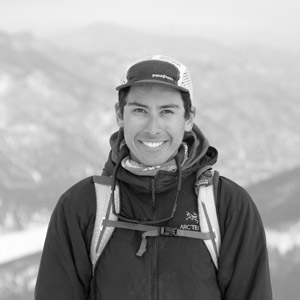
Aidan Goldie-Ahumada
Location: Traditional lands of the Núu-agha-tʉvʉ-pʉ̱ (Ute) tribe in the Rocky Mountains
Top Gear Picks: HyperVector 177cm / Hyper V8 181cm
Instagram: @aidan.goldie
Born in Chile, Aidan (he/him/his) spent much of his childhood living in South America before immigrating to the United States where he lives today. In the latter half of his childhood, Aidan called the mountains of Colorado home and grew exploring his rugged backyard peaks through the lens of backcountry skiing and skyrunning. He is now settled in the Roaring Fork Valley where he works as a Physics teacher to best support his community through equitable and intentional education practices.
Aidan teaches, climbs, and backcountry skis on the traditional lands of the Núu-agha-tʉvʉ-pʉ̱ (Ute) tribe in the Rocky Mountains. When not teaching, Aidan feels most at home in cold winter environments with something sharp strapped to his feet. Whether it is a pair of skis or crampons, Aidan is on a continual search for aesthetic climbs and descents in our Rocky Mountains, continually shaping his mountain ethic to instill pedagogical values of environmental justice, equity, and cultural relevance.
Share this Post



